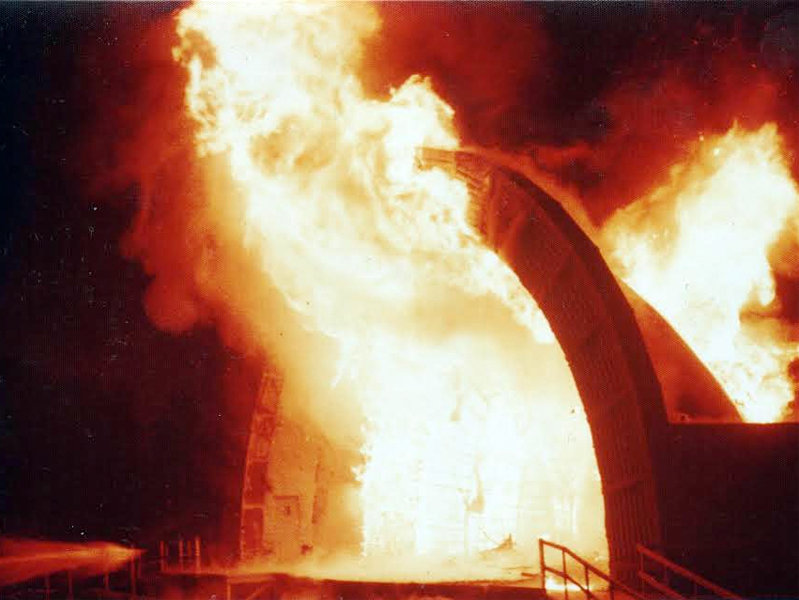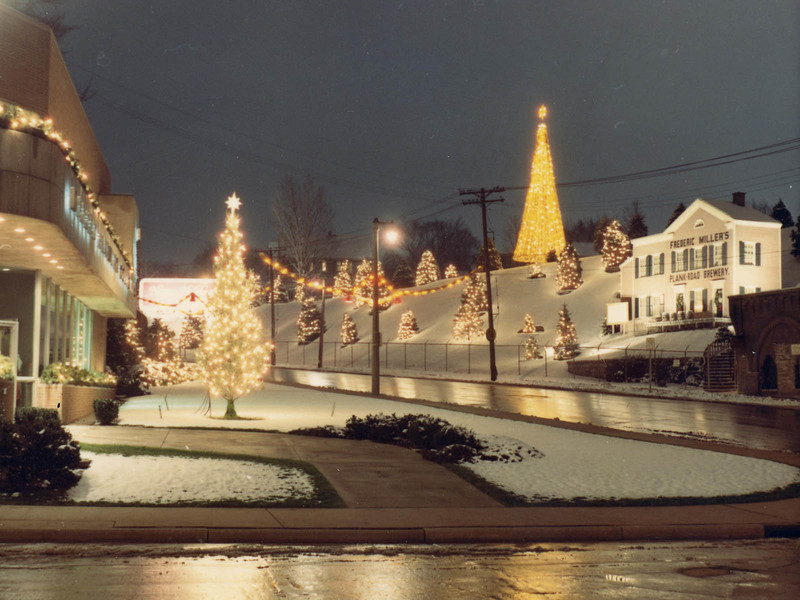Every now and then, as a roadway decays, we're reminded that there are miles and miles of remnants of The Milwaukee Electric Railway & Light Company – in the form of tracks – just below the surface in the city. But the company also left behind some more visible reminders of its existence, too.
The company, often shortened to TMER&L Co., was incorporated in 1896 and ran rail service all around the region, until 1938, when it was split into two entities: the Wisconsin Electric Power Company and the Milwaukee Electric Railway and Transport Company. The last remnants of the transportation service went dark by the 1950s.
Of course, the most visible and well-known building to survive the era is the Public Service Building, which opened as a terminal on Michigan Street, between 2nd and 3rd Streets, in 1905. Though service ended there in 1951, WE Energies still owns the properties and has converted it to office use.
The Beaux Arts neoclassical giant was designed by Herman J. Esser and is replete with ornate decoration both on its exterior and in its gorgeous lobby. The building was added to the National Register of Historic Places in 1998.
I'm not sure how much of the interior detail has survived beyond the lobby of the Public Service Building, however, as I haven't yet been able to get inside. I expect the conversion to offices led to dramatic alterations.
Esser's work, incidentally, can also be seen a block east on Michigan, where he designed the Gimbel's addition that is now the ASQ Center and also the colossally colonnaded riverfront facade of the older Gimbel's building designed by Burnham and Co.
If you've read my ode to Charles Malig or my book on Milwaukee school buildings, you won't be surprised to know that I like stumbling across the more work-a-day structures built as shops and for other uses by T.M.E.R.&L., too.
The one pictured above is on South 1st Street and is now home to KK Storage. If you look closely, you'll notice that the south two-fifths of the building is constructed of a slightly different brick. Look around the back and you'll have confirmation that the section was added later.
There's another, larger T.M.E.R.&L. building on the north side of Lisbon Avenue, at about 66th Street, too. I'm there are others around town, too.
If you're interested in the history of The Milwaukee Electric Railway & Light Co., check out this great website.
Born in Brooklyn, N.Y., where he lived until he was 17, Bobby received his BA-Mass Communications from UWM in 1989 and has lived in Walker's Point, Bay View, Enderis Park, South Milwaukee and on the East Side.
He has published three non-fiction books in Italy – including one about an event in Milwaukee history, which was published in the U.S. in autumn 2010. Four more books, all about Milwaukee, have been published by The History Press.
With his most recent band, The Yell Leaders, Bobby released four LPs and had a songs featured in episodes of TV's "Party of Five" and "Dawson's Creek," and films in Japan, South America and the U.S. The Yell Leaders were named the best unsigned band in their region by VH-1 as part of its Rock Across America 1998 Tour. Most recently, the band contributed tracks to a UK vinyl/CD tribute to the Redskins and collaborated on a track with Italian novelist Enrico Remmert.
He's produced three installments of the "OMCD" series of local music compilations for OnMilwaukee.com and in 2007 produced a CD of Italian music and poetry.
In 2005, he was awarded the City of Asti's (Italy) Journalism Prize for his work focusing on that area. He has also won awards from the Milwaukee Press Club.
He has be heard on 88Nine Radio Milwaukee talking about his "Urban Spelunking" series of stories, in that station's most popular podcast.







